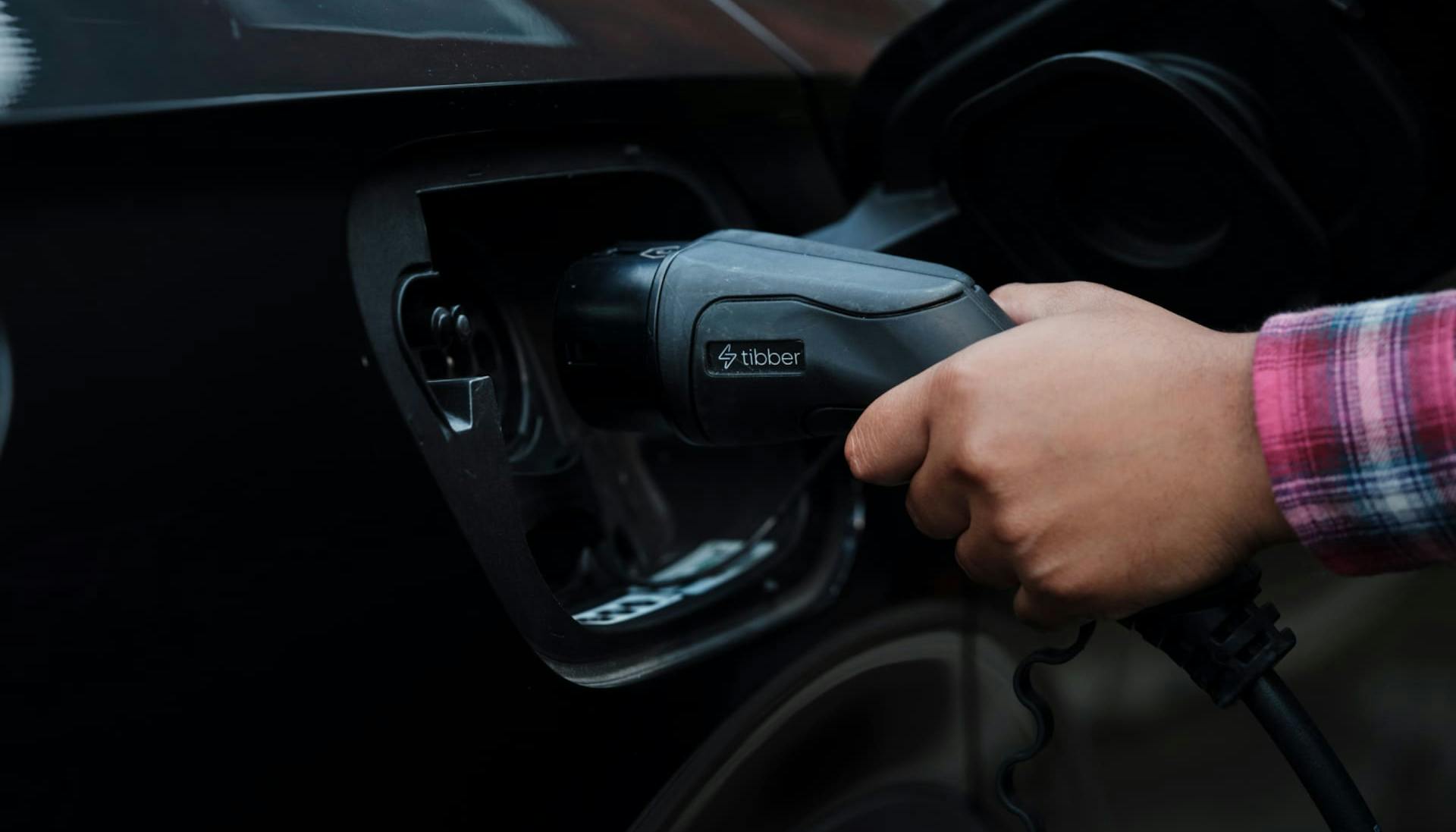Introducing Smart Charging With Solar
Smart Charging
To start off, it makes sense to do a little recap of what Smart Charging actually is. Tibber has developed a groundbreaking technology that charges your EV when the price of electricity is at its lowest during the day. As you may know, the price of electricity varies throughout the day based on fluctuations in the energy market, and is often at its highest in the mornings and in the evenings when people return from work. With Smart Charging, all you need to do is plug your charger into your car when you get home, and Tibber will automatically make sure that your car is charged when the electricity price is at its lowest. In the app, you can easily set what time you want your car to be fully charged, and we will make sure that it is fully charged by that time (full charge is always prioritized over price).
Solar Smart Charging
Smart Charging predicts when it’s ‘smart’ to charge – not only by looking at the electricity spot prices, grid fees and energy taxes (also tax rebate for SE), but also by letting you earn rewards for supporting the grid (what we call Grid Rewards). If you choose to include solar, it also takes into account predicted excess solar production, which makes Smart Charging even smarter. We’re proud of you, sun!
With an energy deal, just choose to toggle on ‘Include solar’ in the app.
But prediction alone isn’t enough – Tibber also uses real-time data. With Tibber Pulse we measure your actual solar production as it happens. That means we don’t just guess when the sun is shining – we know.
Want to dive a bit deeper? The Solar Smart Charging algorithm has an input from a forecaster that predicts the solar overproduction of your home based on weather forecasts and your historical consumption and production data. The goal of the algorithm can be set to one of two options; the default option is to optimize for the cost of charging, while the second option is to optimize for self-consumption.
If optimizing for charging cost is selected, the algorithm calculates the cost for charging for every hour based on how much overproduction is forecasted. In the cases when the solar overproduction is not enough to charge the vehicle alone, the remaining energy required is drawn from the grid. For example: If your car needs 7 kWh to charge every hour; and the solar overproduction is 4 kWh. The rest (3 kWh) is drawn from the grid. At the end of the hour, you only pay for the 3 kWh drawn from the grid, which is cheaper than fully drawing 7 kWh from the grid (thanks Captain Obvious!). In reality, the algorithm also takes the revenue you could have made by selling the solar energy into account, so it is actually a bit more complex than that. Remember that your smart meter measures net energy per hour, so don't stress if a cloud passes, and you produce less energy for a few minutes.
What makes it even smarter? Tibber dynamically adjusts your charging speed in real time to match the amount of solar you're producing. If clouds roll in or production spikes, the charging adapts – ensuring you make the most of your solar without needing to lift a finger.
When selecting the “optimize for self-consumption” option, the algorithm will instead ensure that your vehicle charging uses as much of your solar production as possible by scheduling charging whenever there is sufficient solar production.
How can I get started with Solar Smart Charging?
Without an energy deal but with Pulse, you’ll get access to a simpler version of the above, which we call Solar Charging. This automatically charges your car with surplus solar, dynamically adjusting your charging speed and topping up with grid energy at the lowest price if needed (without Grid Rewards or full-on price optimization).
To get the full experience with Grid Rewards, you need to be a Tibber customer. The other things you need to be able to take advantage of this fancy new feature are a Tibber supported EV/Easee wallbox/Zaptec wallbox and solar panels.

